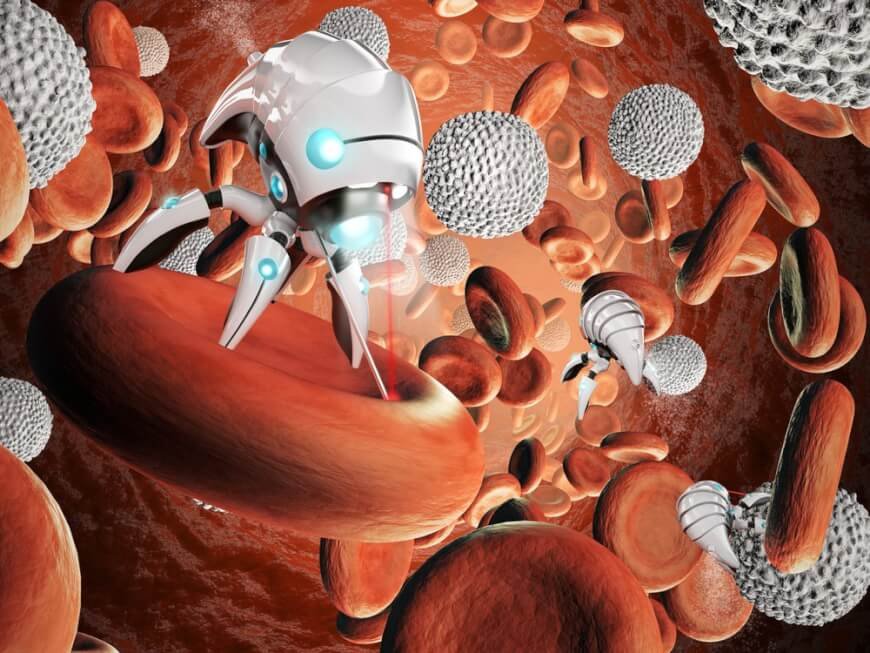The future of medical nanorobotics
Medical nanorobotics is an exciting field that has the potential to revolutionize healthcare. Nanorobots are tiny machines that can be programmed to perform specific tasks, such as delivering drugs to specific cells or removing harmful substances from the body. In this article, we will explore the future of medical nanorobotics, including its potential applications and the challenges that must be overcome.
Applications of Medical Nanorobotics
One of the most promising applications of medical nanorobotics is in cancer treatment. Nanorobots can be programmed to seek out and destroy cancer cells, while leaving healthy cells intact. This could lead to more effective and less invasive cancer treatments, with fewer side effects.
Another potential application of medical nanorobotics is in drug delivery. Nanorobots can be used to deliver drugs directly to specific cells or tissues, reducing the risk of side effects and improving the effectiveness of the treatment.
In addition, medical nanorobotics has the potential to revolutionize surgery. Nanorobots can be used to perform minimally invasive surgeries, reducing the risk of complications and speeding up recovery times.
Challenges and Limitations
While medical nanorobotics holds great promise, there are also significant challenges that must be overcome. One of the biggest challenges is developing nanorobots that are safe and effective. Nanorobots must be able to navigate the body safely and accurately, without causing damage to healthy tissues or organs.
Another challenge is developing nanorobots that can be controlled remotely. Currently, most nanorobots are controlled by chemical or magnetic signals, which can be difficult to control with precision. Researchers are working to develop new methods of controlling nanorobots, such as using light or sound waves.
Finally, there are also ethical and regulatory challenges associated with medical nanorobotics. For example, there are concerns about the safety and efficacy of nanorobots, as well as the potential for unintended consequences. In addition, there are questions about who should have access to this technology and how it should be regulated.
Future Developments
Despite these challenges, the future of medical nanorobotics looks bright. Researchers are working on developing new types of nanorobots that are safer and more effective and can be controlled with greater precision. They are also exploring new applications for nanorobots, such as using them to repair damaged tissues or organs.
One exciting development in the field of medical nanorobotics is the use of DNA nanorobots. These nanorobots are made from DNA molecules and can be programmed to perform specific tasks, such as delivering drugs to cancer cells. DNA nanorobots are biocompatible and can be broken down by the body, making them a promising tool for medical applications.
Another promising development is the use of nanorobots for personalized medicine. Nanorobots can be programmed to target specific cells or tissues, based on an individual’s genetic makeup or other factors. This could lead to more effective and personalized treatments for a wide range of diseases.
In conclusion, medical nanorobotics is an exciting and rapidly developing field that has the potential to revolutionize healthcare. While there are significant challenges that must be overcome, researchers are making progress in developing safer and more effective nanorobots. The future of medical nanorobotics looks bright, and we can expect to see many exciting developments in the years to come.
